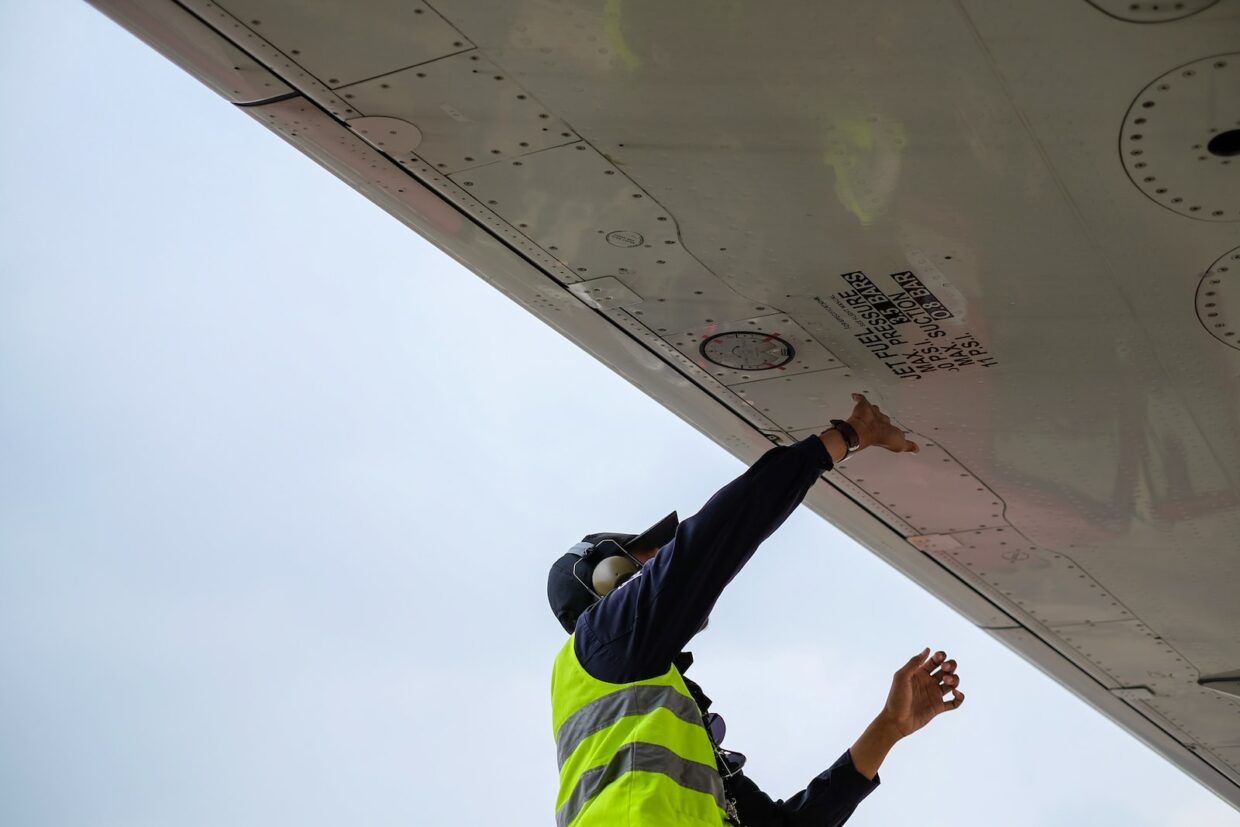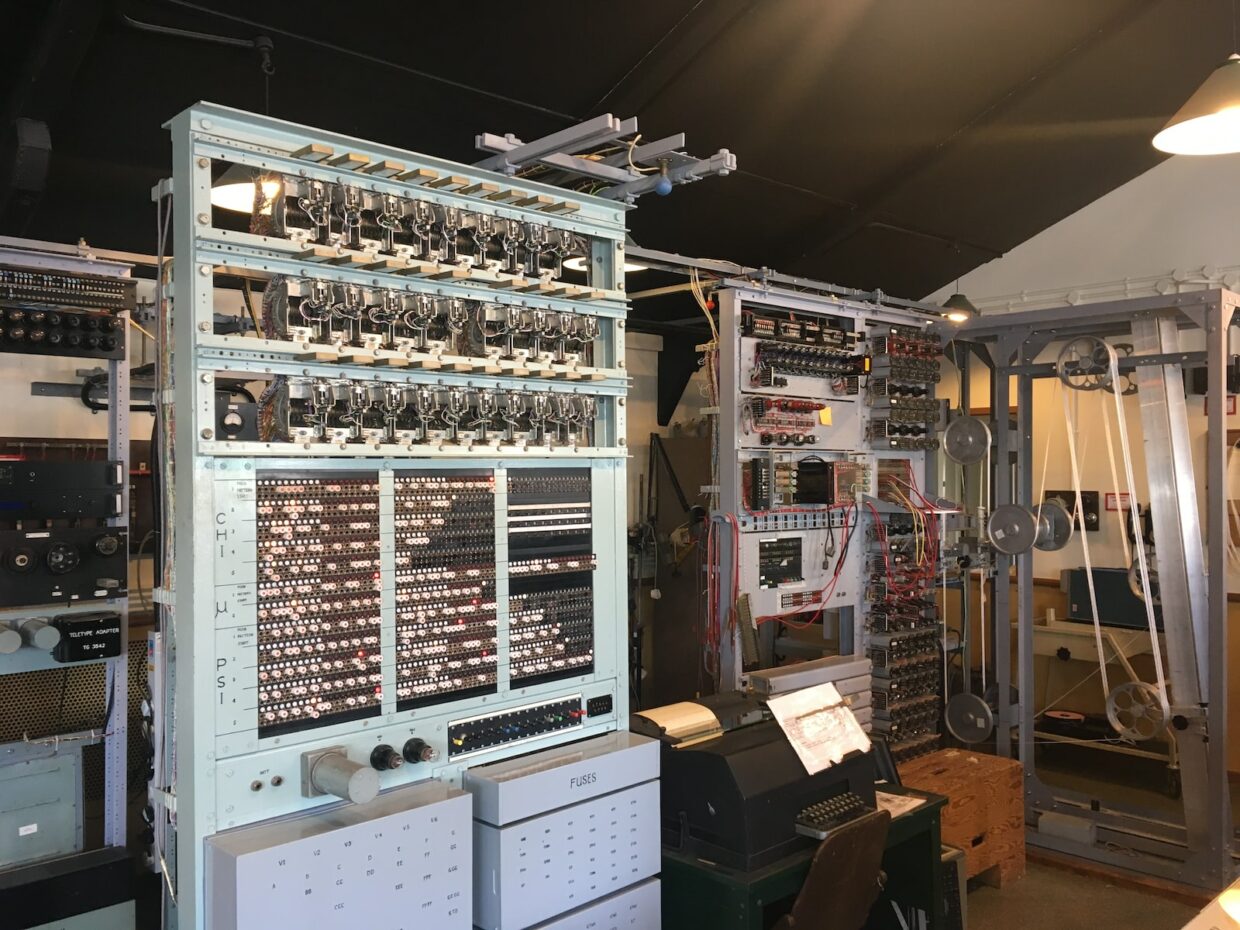Predictive maintenance is an emerging trend in New Zealand and is gaining traction in enterprises. It is an important tool for increasing the reliability of machines and reducing costs. This article takes a look at the state of predictive maintenance in New Zealand, its advantages, and challenges.
What is Predictive Maintenance?
Predictive maintenance is a maintenance strategy where data collected from devices and sensors on a machine is used to predict when and where maintenance is needed. This information is used to identify and prevent imminent issues before they have become a problem. By using predictive maintenance, companies can reduce downtime, increase the lifetime of machines and avoid costly repairs.
The Advantages of Predictive Maintenance in New Zealand
Predictive maintenance offers many advantages for businesses in New Zealand.
1. Reduced Downtime: Predictive maintenance enables companies to predict when and where maintenance is required, so downtime can be avoided. This helps to increase productivity and reduce lost time and money.
2. Lower Maintenance Costs: Predictive maintenance helps to reduce the costs associated with maintenance. By predicting when maintenance is needed and taking preventive measures, companies can save money by avoiding costly repairs.
3. Increased Reliability: Predictive maintenance helps to increase the reliability of machines. By identifying and addressing imminent issues before they become a problem, machines are able to operate more reliably and efficiently.
- Reduced downtime
- Lower maintenance costs
- Increased reliability
Challenges of Predictive Maintenance in New Zealand
Despite its advantages, predictive maintenance is not without its challenges.
- High initial costs: Implementing predictive maintenance requires an upfront investment in equipment and software. This initial cost can be a barrier for small businesses.
- Data availability: Gathering data from sensors and machines requires a reliable and secure data network. This can be a challenge in some areas of New Zealand.
- Skilled personnel: Predictive maintenance requires a skilled workforce that is familiar with the technology and processes associated with this type of maintenance strategy.
Conclusion
Predictive maintenance is becoming increasingly popular in New Zealand, due to its advantages. However, it is important to note that there are some challenges associated with this maintenance strategy, such as the initial costs, data availability, and the need for skilled personnel. Nevertheless, predictive maintenance is set to become an important tool for businesses in New Zealand, and is sure to bring many benefits in the future.






































